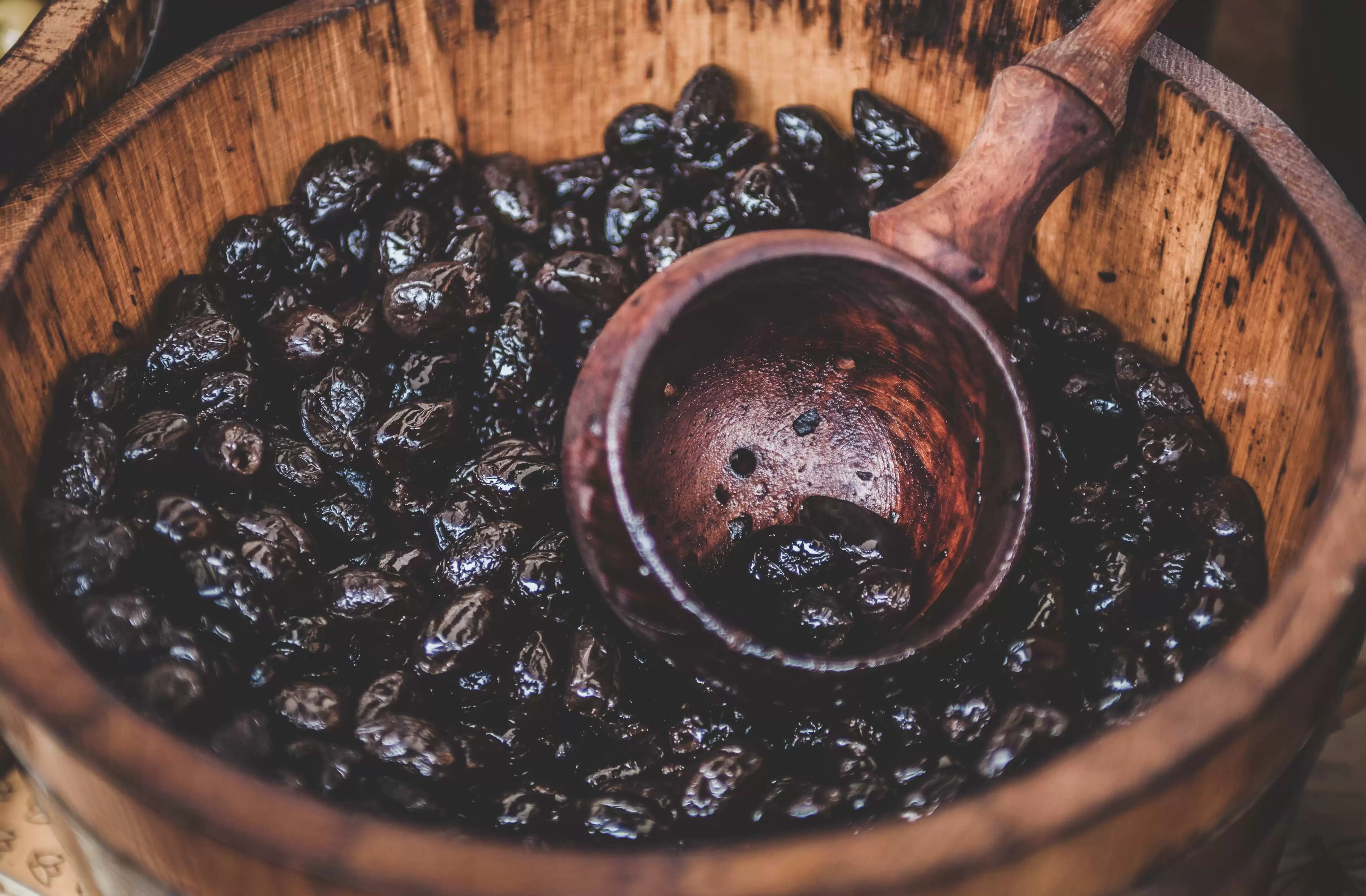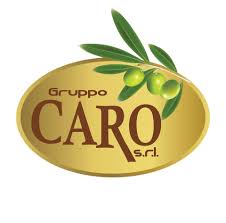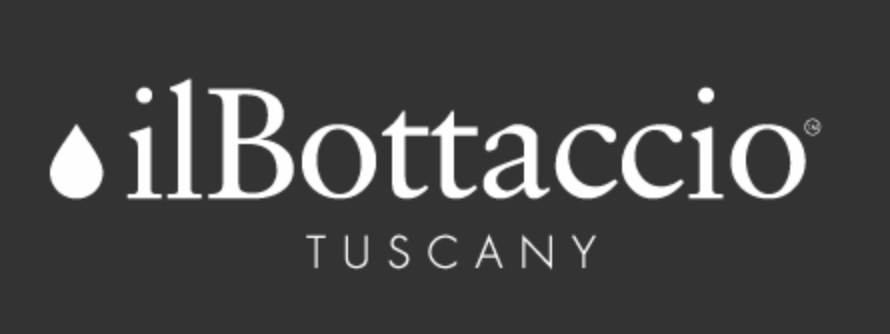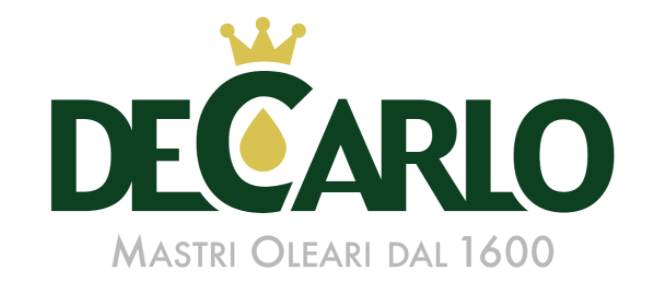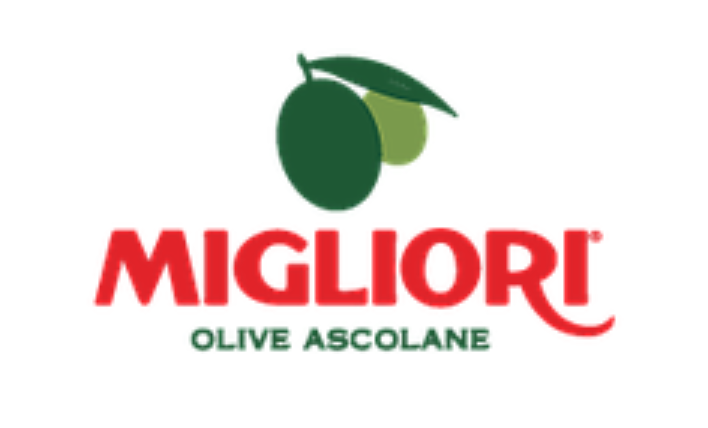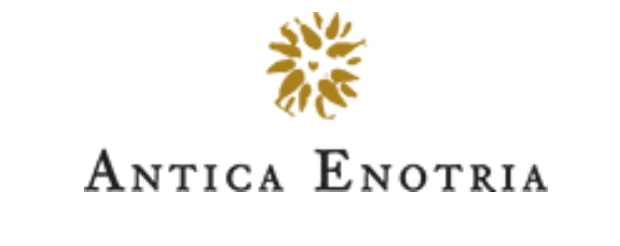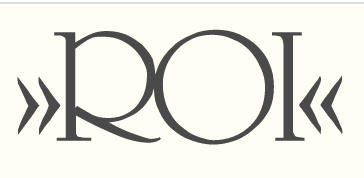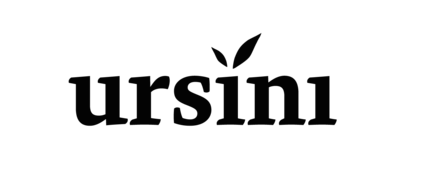Sintesi
The olive market is a significant sector within Mediterranean cuisine, with olives being consumed primarily as table olives or pressed into olive oil. Although edible olives require processing to reduce bitterness, the resulting table olives and olive oil are key to the Mediterranean diet, with additional uses in cosmetics. Despite olive oil being a daily staple for most Italians, weather challenges led to decreased production in Italy, turning the country into a strong importer to satisfy domestic consumption. While approximately 90% of olives are directed towards oil production, the consumption of table olives shows untapped potential for growth. Considering this, the Italian olive market has been compelled to adapt, facing a need to balance between its traditional production methods, such as cold extraction, and the demands of an evolving consumer base.
Olive and Olive Oil Market Trends in Italy
Italians have a profound connection with olive oil, which is an essential component of their daily diet and culinary culture. Over 90% of the population incorporates olive oil into their meals on a regular basis, underlining its significance in Italian households. However, the market has faced challenges in recent years, when production experienced a dip due to unfavorable weather conditions. This decline in production has led to Italy becoming a significant importer of olive oil to fulfill the persistent domestic demand. Despite the majority of olives, around 90%, being used for oil production, there is an emerging potential for the consumption of table olives.
The market for table olives in Italy is gradually gaining traction as consumers begin to explore and appreciate other forms of olive consumption beyond the ubiquitous olive oil. While the local production struggles have been a setback, the Italian market's adaptation through increased imports points to a resilient industry responsive to the consumer demand for olive-derived products. The versatile usage of olives, both as table olives and in oil form, along with their application in the Mediterranean diet and cosmetic industry, signifies a diversifying market that is rooted in tradition yet open to evolution. The twin challenges of unpredictable production and rising consumption continue to shape the structure and dynamics of the Italian olive market.
Pivotal Producers in the Olive and Olive Oil Market Landscape
The olive industry operates within a diverse and intricate market structure, with various key players influencing the production, distribution, and consumption patterns of olives and olive oil. The dance of supply and demand is choreographed largely by the climatic conditions of the Mediterranean and the gastronomic preferences of consumers. In Italy, a country synonymous with olive oil, the market is shaped significantly by the inputs of seasoned actors in the industry—producers who have cultivated, harvested, and refined their processes over generations. These companies demonstrate a robust understanding of traditional methods while navigating modern-day challenges such as fluctuating weather patterns and evolving consumer tastes.
Among the main players, we find companies with a deep-rooted heritage in agriculture and a dedication to authenticity. They engage in both the production of table olives and the extraction of olive oil, catering to the Italian palate that holds olive oil as a staple of daily cuisine. The overall picture painted suggests entities with extensive groves and state-of-the-art processing facilities, ensuring a steady supply to meet the country's high demand—even in years when domestic production faces a shortfall.
These companies typically employ a mix of traditional and contemporary extraction methods. Cold extraction remains a popular process due to its reputation for producing high-quality oil that preserves the fruit's essence and nutritional benefits. Modern continuous extraction and integral methods balance efficiency with quality, enabling producers to maintain a competitive edge in the domestic and international markets. As importers, these Italian market players demonstrate agility by supplementing local production with imported oils, ensuring the unceasing availability of olive oil to consumers. They understand that meeting the discerning taste of Italians, many of whom utilize olive oil daily, is paramount for maintaining a strong market position.
The diversification into cosmetic applications by some of these industry players showcases their ability to innovate and penetrate new markets using olive oil's natural properties. In summary, these cornerstone companies, with their rich lineage and progressive outlook, are not just the backbone of the olive industry in Italy but also notable contributors to the global narrative of olive production and consumption. Their strategic positioning and adaptability continue to shape a dynamic and evolving market.
per comprendere questo mercato
Dettaglio del contenuto
 Informazioni
Informazioni
- Pagine : 30 pags
- Formato : Versione PDF e digitale
- Ultimo aggiornamento : 06/12/2021
 Riepilogo ed estratti
Riepilogo ed estratti
1 Market Summary
1.1 Definition and presentation
The olive is a typical Mediterranean fruit that is mainly consumed in two forms: as a condiment and as a table olive (also called a table olive).
"Table olives" are the product:
- prepared from the fruits of the cultivated olive tree (Olea europaea L.) that have reached 'adequate ripeness for processing. These fruits have been identified as the most suitable for processing due to their volume, shape, flesh-to-stone ratio, fine flesh, flavor, texture and ease of detachment from the stone.
- treated to remove bitterness and preserved by natural fermentation, heat treatment, or by other means so as to prevent spoilage and ensure product quality for long periods.
- packaged with or without a liquid, which may be brine or olive oil.
Over the past three decades, table olive production has almost tripled, with total production increasing from about 950 thousand tons in 1990 to about 2,953 thousand tons in 2018. This growth has been stimulated mainly by European Mediterranean countries and North Africa, which have seen significant growth in their table olive production.
Italy is an important consumer of table olives worldwide, and is in fact also the fourth largest importer of this product. The BelPaese imports 85 percent of its table olives from only two countries, Spain and Greece. However, table olives play only a marginal role of the broader olive market, accounting for only 3 percent, compared to an impressive 97 percent represented by olive oil.
Sicily ranks first in table olive production in the country, followed by Puglia. These two regions alone account for three-fourths of national production. Moreover, in terms of market structure, it is dominated mainly by small-scale processors, of which about 30 percent package the product.
Globally, table olive consumption is growing rapidly. Despite the strong dependence of production on favorable climatic conditions and its strong variability, forecasts for the 2020/2021 marketing year and the expected increase in consumption by 0.4 percent give hope for further market growth.
Tutti i nostri studi sono disponibili online e in PDF
Ti invitiamo a consultare un esempio del nostro lavoro di studio su altri mercato!
Aziende citate in questo studio
Questo studio contiene un panorama completo di società di mercato con le ultime cifre e le notizie di ogni azienda :
 Perché Scegliere Questo Studio :
Perché Scegliere Questo Studio :
Accedi a più di 35 ore di lavoro
I nostri studi sono il risultato di oltre 35 ore di ricerca e analisi. L'uso dei nostri studi ti consente di dedicare più tempo e aggiungere valore ai tuoi progetti.
Approfitta di 6 anni di esperienza e oltre 1.500 studi settoriali già prodotti
La nostra competenza ci consente di produrre studi completi in tutti i settori, inclusi i mercati di nicchia o emergenti.
Il nostro know-how e la nostra metodologia ci consentono di produrre studi con un valore unico di denaro
Accedi a diverse migliaia di articoli e dati a pagamento
BusinessCoot ha accesso all'intera stampa economica a pagamento e ai database esclusivi per svolgere studi di mercato (+ 30.000 articoli privati e fonti).
Al fine di arricchire i nostri studi, i nostri analisti utilizzano anche indicatori Web (semrush, tendenze, ecc.) Per identificare le tendenze in un mercato e strategie aziendali. (Consulta le nostre fonti a pagamento)
Supporto garantito dopo l'acquisto
Una squadra dedicata al servizio post-vendita, per garantirti un alto livello di soddisfazione. +39 380 247 7810
Un formato digitale progettato per i nostri utenti
Accedi a un PDF ma anche una versione digitale per i nostri clienti. Questa versione consente di accedere a fonti, dati in formato Excel e grafica. Il contenuto dello studio può quindi essere facilmente recuperato e adattato per i tuoi supporti.
 Le nostre offerte :
Le nostre offerte :
the table olive market | Italy
- Quali sono i dati relativi alle dimensioni e alla crescita del mercato?
- Cosa sta influenzando l'andamento e l'evoluzione del mercato?
- Qual'è il posizionamento degli attori di mercato?
- Segmentazione e profilo delle aziende operanti nel mercato
- Dati e numeri da una molteplicità di fonti
Pacchetto di 5 studi (-15%) IT Italy
- 5 rapporti a 75,6 € IVA esclusa per studio da scegliere dal nostro catalogo italiano per 12 mesi
- Risparmiare il 15% sugli studi aggiuntivi acquistati
- Scegliere il rimborso del credito non utilizzato al termine dei 12 mesi (durata del pacchetto).
Consulta i termini e le condizioni del pack e del rimborso del credito non utilizzato.
